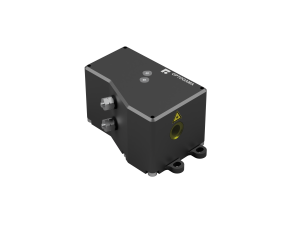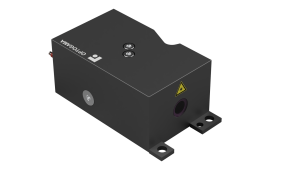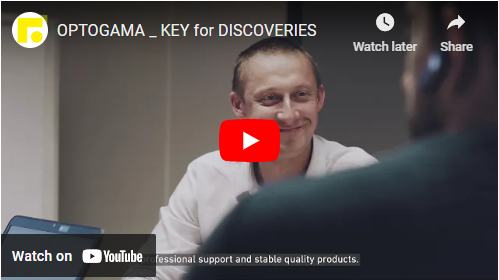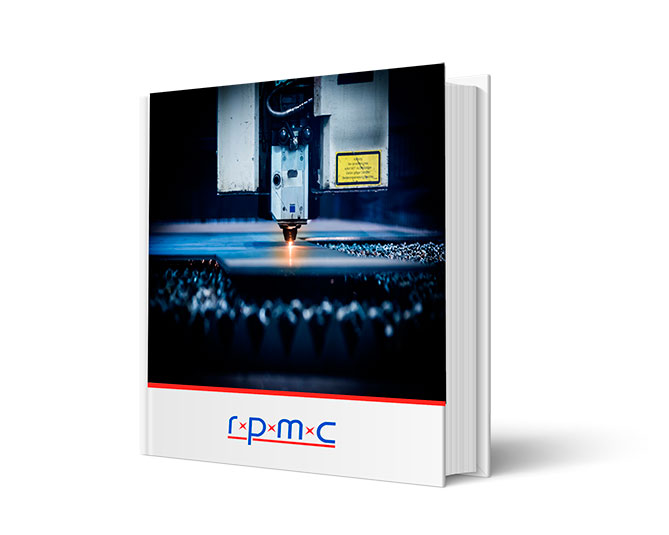Optogama Lasers
RPMC Lasers is the Exclusive Source for Optogama’s Lasers in North America
“Eye-safe” High-Energy Erbium Glass Lasers
-
-
-
-
- Standard and custom lasers, optical components, and nonlinear crystals
- “Eye-safe” at 1.54 μm – Reduce risk of injury – Simplified system design
-
-
-
Ultra-Compact, Low SWaP Design for Easy Integration
-
-
-
-
- Compact design – Easy integration for airborne, handheld & portable devices
- Configurable and customizable options for various applications
-
-
-
Reliable, Rugged, MIL-Compliant Configurations
-
-
-
-
- Lightweight, efficient, and robust lasers deployed in harsh environments
- Whether doing research in a lab or the field you get the longevity you need
-
-
-
Why Choose Optogama?
“Eye-Safe” 1.54 µm Wavelength, Er:Glass, Passively Q-Switched DPSS Lasers
-
-
-
-
- “Eye-safe” 1.54µm wavelength allows for a simplified system design with a reduced risk of injury for personnel or the public
- Standard & custom laser optical components, lasers, and nonlinear crystals
- High pulse energies with nanosecond pulse widths provide cost-effective, high-performance operation
- CW and pulsed options with repetition rate control – Additional 1064nm or 532nm Nd:YAG passively q-switched options
-
-
-
Ultra-Compact, Low SWaP Designs for Your Application Requirements
-
-
-
-
- Innovative products and solutions dedicated to individual applications
- Low SWaP divergence compensators and power attenuators
- Easy integration into existing designs with an OEM module
- Design of custom laser gain, optical modules, and beam delivery devices
- Compact beam delivery systems like expanders and reducers
-
-
-
Reliable, Ruggedized, MIL-Compliant Configurations
-
-
-
-
- Standard 1-year manufacturer’s warranty – 1G-shot rated lifetime
- Assurance of standardized production and quality – ISO9001
- Guaranteed superior price-performance ratio
- IBS and E-beam coating services
- Rugged and reliable design for airborne & portable devices
-
-
-
Optogama specializes in “eye-safe” 1.54 µm Erbium Glass Lasers and custom laser components, offering reliable, compact, and low SWaP (Size, Weight, and Power) solutions for airborne, handheld, and portable applications. Known for rugged, MIL-compliant designs, Optogama’s lasers provide high pulse energies with nanosecond pulse widths, ensuring cost-effective performance in harsh environments. Their products include standard and custom lasers, optical components, and nonlinear crystals, with an emphasis on easy integration and tailored configurations to meet diverse application needs. With a focus on quality and innovation, Optogama delivers reliable, high-performance solutions backed by ISO9001 standards and a decade of photonics expertise. Whether for research labs or field applications, Optogama’s laser systems are engineered for longevity and precision.
Let us help find the right solution for you!
| Picture | Part Number | Wavelength (nm) | Description | Type |
|---|---|---|---|---|

|
KAUKAS | 1534 | DPSS Laser, ns pulsed, 1534nm, 2 or 3mJ, Single Shot to 2Hz | "Eye Safe", Pulsed DPSS Lasers, Mil-Spec Lasers, Low SWaP, High Pulse Energy, High Peak Power, Customizable |

|
RANGER | 1533 | DPSS Laser, ns pulsed, 1533nm, 1.5mJ, 5 or 10Hz | "Eye Safe", Pulsed DPSS Lasers, Mil-Spec Lasers, Low SWaP, High Pulse Energy, High Peak Power, Customizable |

 SHIPS TODAY
SHIPS TODAY 


